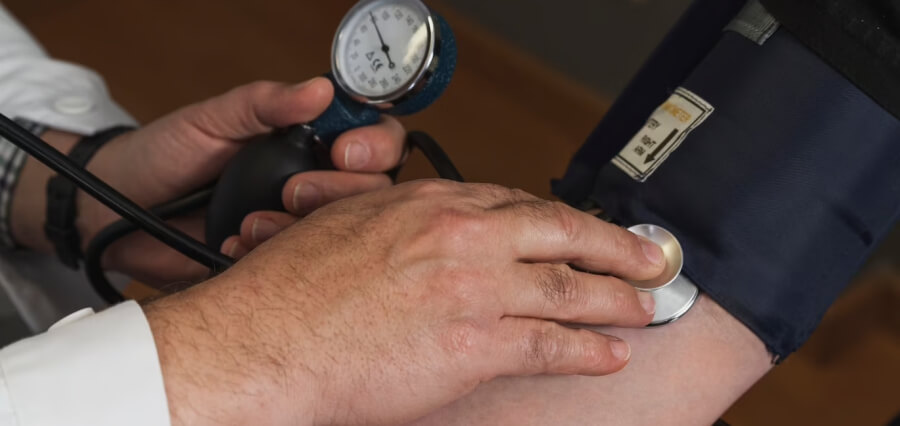(With a decrease of 99% from 1988, the world reported 175 cases of polio in 2019 and further in 2022, the disease is still in the global debate )
Beginning of the Polio
Poliomyelitis or Polio is a highly infectious disease that largely affects children under the age of 5. The disease could lead to permanent paralysis or death in a few cases.
The Polio outbreak started in the 19th century in Europe and in the 20th century in the U.S. The virus was first identified in 1909 by an immunologist, Karl Landsteiner. Followed by which the vaccines were introduced in 1950. The initiative to eradicate polio was taken by the World Health Assembly in 1988.
Story so Far
The first case of Polio in the U.S. in over a decade was reported in mid-July, nearly a month after the discovery of the Poliovirus samples in London, UK. Post the indication authorities became conscious of the health concern, appealing to the citizens to get the boosters and vaccinations for Polio.
Flashes of Present
New York Governor Kathy Hochul on Friday declared a state emergency over polio to boost the vaccination rates in states. The Poliovirus sample has been detected in four countries in New York which are Orange, Rockland, Sullivan, and Nassau.
Unvaccinated residents of the affected areas are at the highest risk and are requested to get vaccinated. The declared emergency is likely to expand the network of vaccine administrators and result in an effort to restore immunization in the countries.
New York Health Commissioner Dr. Mary Bassett has urged unvaccinated citizens to get a shot immediately. While recommending so, she said, “On polio, we simply cannot roll the dice, I urge New Yorkers to not accept any risk at all. Polio immunization is safe and effective — protecting nearly all people against disease who receive the recommended doses.”
Symptoms of Polio
Polio contraction usually does not show any visible symptoms. The only symptoms observable are similar to that of flu, which includes sore throat, fever, nausea, tiredness, headache, and stomach pain. These symptoms usually go away on their own in 2 to 5 days.
The infection could cause Meningitis and Paralysis; however, this case scenario is the possibility of 1 out of 2000 or 1 out of 200 depending on the type of virus. It is important to be noted that ‘poliomyelitis’ is defined as a paralytic disease and only those with the paralytic infection are said to have the disease.
Prevention to the Dis-ease
Having no cure for paralytic polio makes it intimidating, but the disease could be prevented with vaccinations. There are two types of vaccinations IVP (Inactivated Poliovirus Vaccine) and OVP (Oral Poliovirus Vaccine).
The spread of the virus could also be prevented by the practice of good sanitization and hygiene.
Though the current spread of Polio is causing a stir among masses all over the world the best could be hoped for as medical teams and people are ready to face it.
Read More Articles: Click Here















